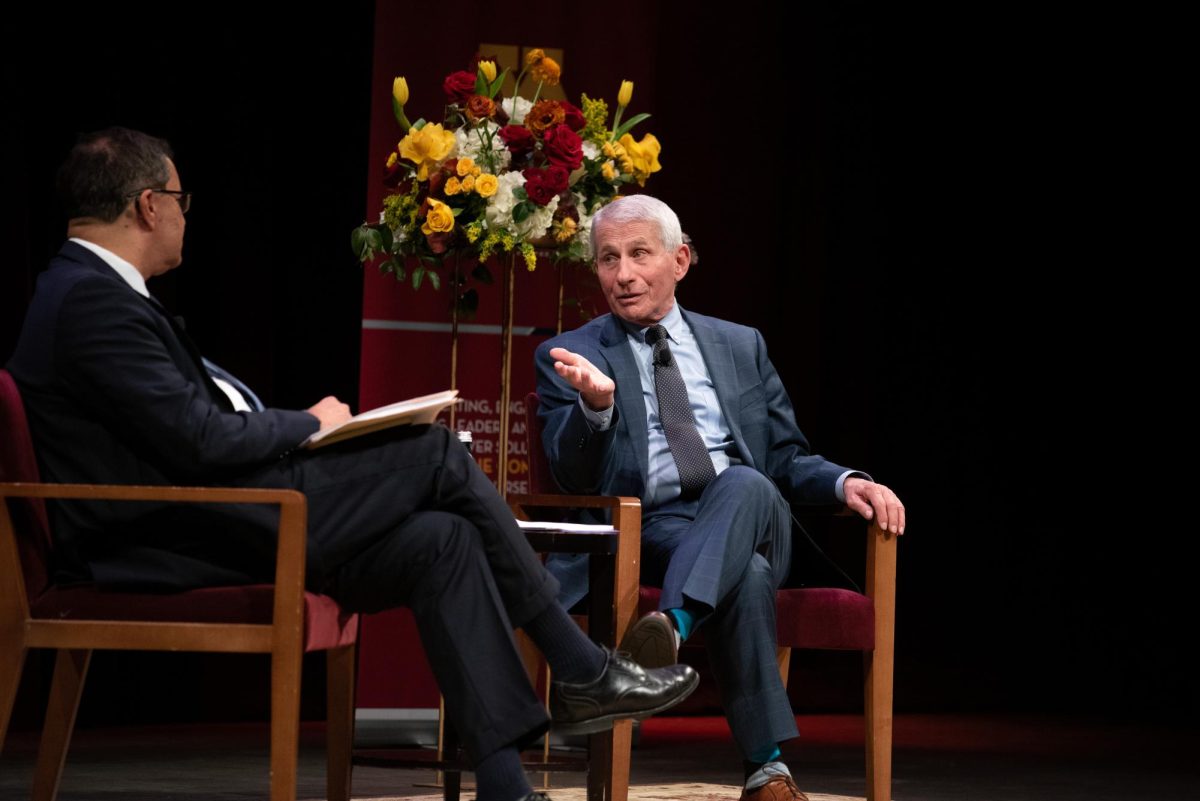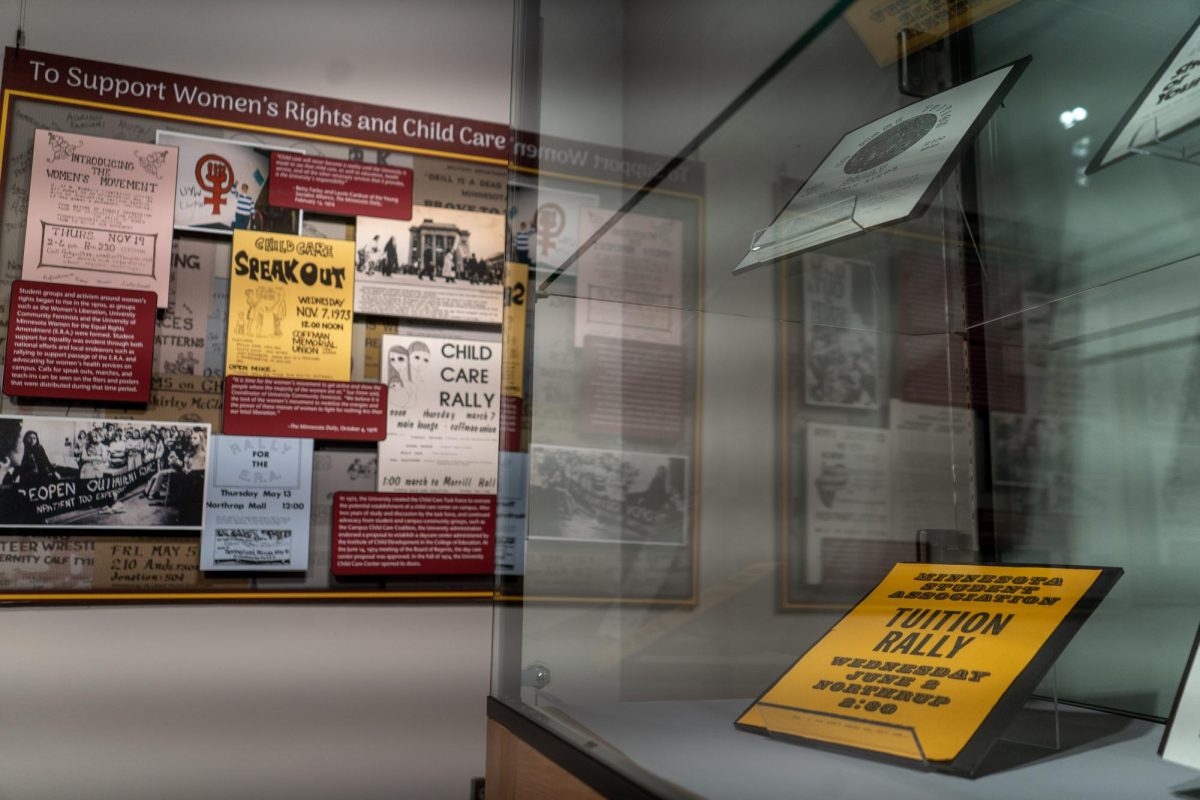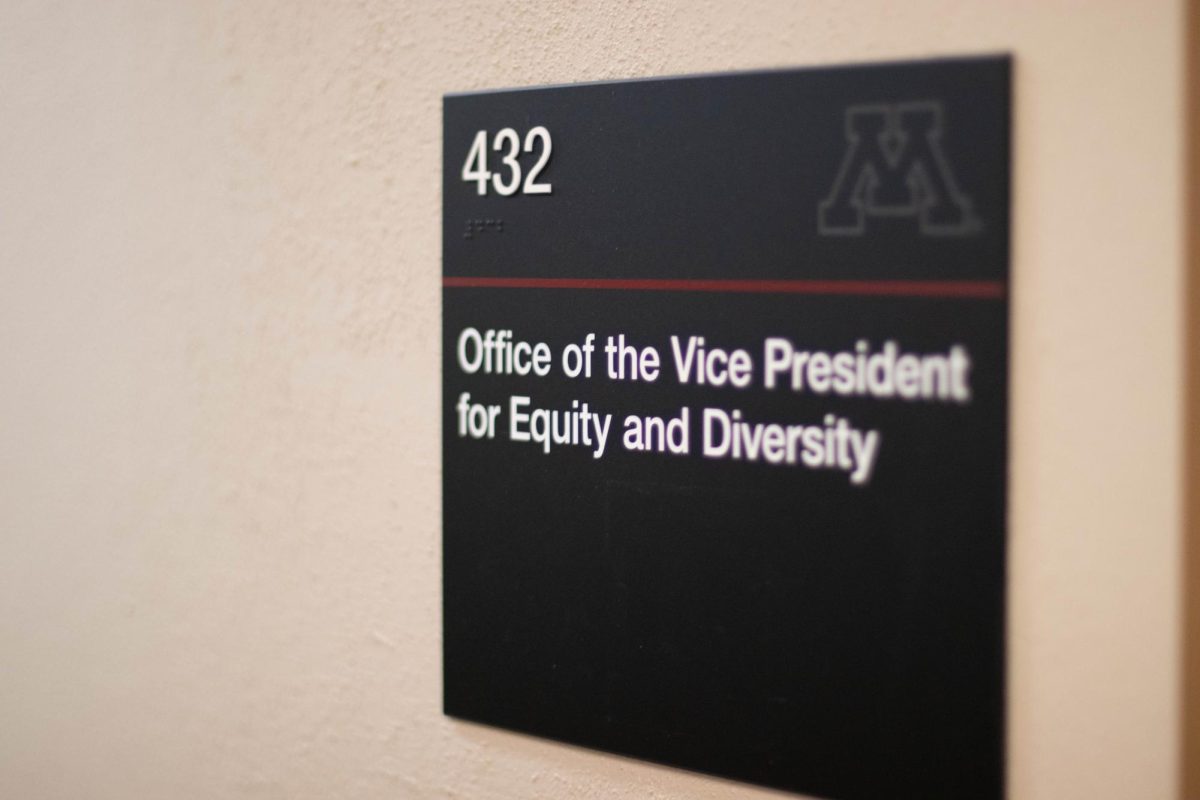The University of Minnesota administration makes numerous decisions every year that impact faculty, students and staff. One way University community members can advocate for issues or raise concerns is through the University governance system.
Colleen Flaherty Manchester became the chair for the Faculty Consultative Committee (FCC) July 1 after serving as the FCC’s vice chair last year.
The FCC makes decisions on the academic calendar, curriculum and other matters that go forward to the Faculty Senate and they set the Faculty Senate agenda, Manchester said.
The FCC consists of voting and non-voting members, each staff member is elected by the University of Minnesota faculty and those members choose the FCC’s leadership. The vice chair is chosen by the FCC chair and the Faculty Senate and the executive members of the FCC help run the Faculty Senate.
In the FCC, there are several positions with varying term lengths. A staff member has a three-year term while the chair, vice chair and post-chair have one-year terms, Manchester said.
The current vice chair for the FCC is Mark Bee. The post-chair is a non-voting member who provides a different point-of-view on the topics discussed at FCC meetings and is reserved for the previous FCC chair, Manchester said. Ned Patterson is currently the FCC post-chair.
Manchester said this year the FCC is focused on both operational and impact goals.
Operational goals are improvements in communication, transparency and inclusivity, while the impact goals focus on re-engaging and reinvesting in faculty. The FCC is now focused on demonstrating to faculty, staff and students “what the committee does and why it is important,” Manchester said.
As FCC chair, Manchester helps run the Faculty Senate.
The Faculty Senate consists of faculty and eligible academic professional representatives and concerns itself with issues of faculty welfare and educational and research matters on University campuses.
The Faculty Senate and FCC aren’t the only forms of governance at the University.
Student Senate
The Student Senate was created to represent each student across all campuses to ensure student voices are heard in University policy and process decisions. Pavan Guttipatti is the Student Senate chair and Adam Sychla is vice chair.
Carter Yost, the ranking student senator, said the Student Senate acts as an advisory committee and ensures “there is student representation and perspectives on administrative decisions.”
The Student Senate also raises issues and concerns the University might overlook.
The current Student Senate goals are adequate pay for students, public safety and proper representation of students in the University decision-making process, Yost said. He added the importance of student governance is advocacy.
“Students need to be at the table, in the room and called into the conversation before administrative decisions are made,” he said. “The biggest stakeholders are students, and we ensure they are at the center of those decisions that impact them the most.”
Civil Service Senate
The Civil Service Senate (CSS) consists of 50 members that represent civil service employees at the University. The senate focuses on employment conditions surrounding benefits, compensation, communications and civil service employment rules.
Tony Fussy is currently the CSS chair with Matthew Verkuilen as chair-elect.
In an email statement, Fussy said CSS’s goal is to achieve a balanced representation of civil service members in the University Senate. Currently, civil service members are disproportionately outnumbered by faculty, and the same situation applies to academic professional and administrative faculty, he said.
Other goals for the CSS are campus safety, compensation that accurately matches inflation rates and that the CSS is positioned for excellence, alignment and knowledge (PEAK), Fussy said.
P&A Senate
The Academic Professionals and Administrators (P&A) Senate is an elected group of P&As that represent the 6,500 P&As at the University. The P&A Senate advocates for P&A views on University planning, resource allocation, governance and policies and practices.
The P&A Senate focuses on benefits and compensation, communications, outreach and professional development and recognition of academic professionals and administrators. P&As have many jobs including conducting research, teaching students, directing programs and managing budgets.
Adolfo Carrillo Cabello is the current chair of the P&A Senate, and Whitney Taha Frakes is the current chair-elect.
Some of P&A’s ongoing goals are increasing compensation rates to adequately reflect the current market rate, encouraging clearer and more concise communication in regard to PEAK and providing leave and accommodations for COVID-19 concerns of P&A faculty and their dependents.
University Senate
All four senates culminate into the University Senate, which consists of 251 elected senators and 26 consultative committee members. These members include faculty, civil service, P&A and student members from all University campuses.
President Joan Gabel is the chair for the University Senate and Faculty Senate.













